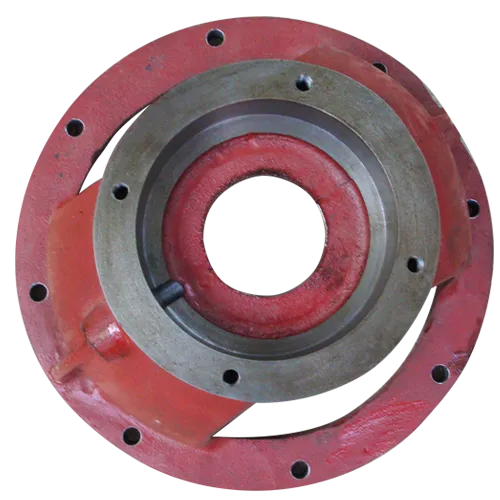Mobile:+86-311-808-126-83
Email:info@ydcastings.com
Exploring the Design and Functionality of Submersible Well Pump Casings for Efficient Water Extraction
Understanding Submersible Well Pump Casing An Essential Component
Submersible well pumps play a crucial role in various applications, particularly in groundwater extraction for agricultural, municipal, and industrial uses. The efficiency and resilience of these pumps are largely determined by their construction, with the casing being one of the most vital components. This article delves into the significance of submersible well pump casing, its materials, design considerations, and maintenance best practices.
What is Submersible Well Pump Casing?
The casing of a submersible well pump is the outer shell that houses the internal components of the pump, including the motor, impellers, and diffuser. It serves several important functions it protects these internal parts from the surrounding water and sediments, ensures structural integrity during operation, and allows for efficient water flow from the well to the surface. Proper casing design is essential for optimal pump performance and longevity.
Materials Used in Casing
The choice of material for submersible well pump casing is critical. Common materials include stainless steel, cast iron, and thermoplastics.
1. Stainless Steel Known for its durability and resistance to corrosion, stainless steel is often used in environments with high salinity or aggressive pH levels. Its strength allows for thin-wall construction, which minimizes drag in water, thereby increasing pump efficiency.
2. Cast Iron While heavier, cast iron offers excellent wear resistance and is a traditional material for well pumps. It is particularly effective in situations where abrasive particles might be present in the water.
3. Thermoplastics Lightweight and resistant to corrosion, thermoplastics are increasingly being used in submersible pump casings, especially in residential applications. They provide a cost-effective solution but may not be suitable for deeper or high-pressure wells.
Design Considerations
When designing a submersible well pump casing, several factors must be considered
- Size The diameter of the casing must match the well's specifications to prevent sediment and debris from entering the pump.
submersible well pump casing

- Depth The casing must be designed to withstand the pressure of the water at varying depths. Deeper wells require casings that can handle higher pressures.
- Cooling Submersible pumps rely on the surrounding water for cooling. Therefore, the design should allow for adequate water flow around the motor to prevent overheating.
- Sealing Effective sealing is essential to prevent contaminants from entering the casing and affecting the pump's function and longevity.
Maintenance Best Practices
To ensure the reliability and longevity of submersible well pumps, regular maintenance of the casing is important. Some best practices include
1. Routine Inspections Check for signs of wear, corrosion, or damage to the casing. Early detection of issues can prevent larger problems down the line.
2. Monitoring Performance Keep tabs on the pump's efficiency. A sudden drop in performance may indicate obstructions or damage to the casing.
3. Water Quality Testing Regularly test the water for contaminants to ensure that they are not damaging the casing or affecting the pump's efficiency.
4. Professional Servicing Engage professionals for servicing and repair when necessary. They can provide insights into potential issues and solutions based on their expertise.
Conclusion
The casing of a submersible well pump is a fundamental component that significantly influences the pump's efficiency, durability, and performance. By understanding the materials, design considerations, and maintenance requirements, users can ensure optimal operation and longevity of their submersible pumps. Whether in agriculture, municipal water systems, or industrial applications, a well-maintained submersible well pump casing is essential for effective groundwater management.
-
What Makes Stainless Steel Pump Casting Essential for Modern Industries?NewsJul.14,2025
-
Revolutionize Your Engine Maintenance with Premium Aluminum and Cast Iron ComponentsNewsJul.14,2025
-
Precision Flow Engineering Starts with the Right Pump ComponentsNewsJul.14,2025
-
Maximize Efficiency: Explore Reliable Containment and Crop SolutionsNewsJul.14,2025
-
Discover Superior Performance with Advanced Turbo ComponentsNewsJul.14,2025
-
Boost Fluid Dynamics with Precision-Engineered Pump ComponentsNewsJul.14,2025











